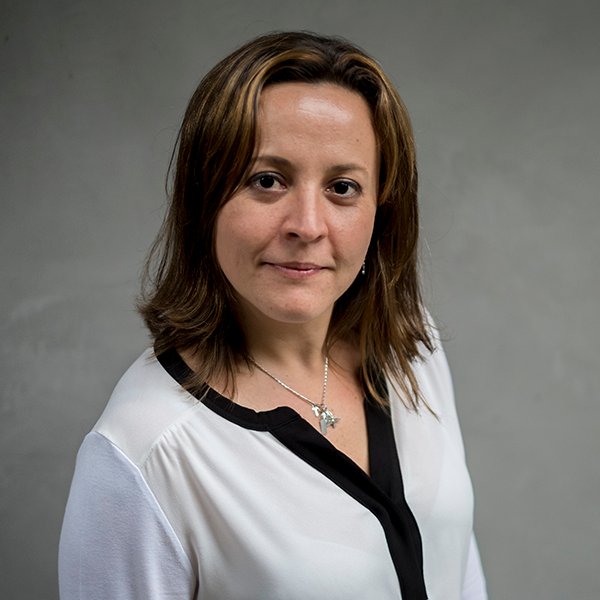It’s been two weeks since Facebook announced that its American fact-checking partners would start to receive daily reports on suspicious pieces of content spread on Instagram — and be expected to analyze their veracity — as part of Facebook’s international program to fight misinformation.
Since then, at least three images that went viral on the photo- and video-sharing social network have been flagged as “false” by U.S.-based fact-checkers: one by Science Feedback; one by Lead Stories; and one by PolitiFact.
After two weeks of work, these three fact-checkers agree: They are still learning how to work with this new feature but can already see room for improvement.
Science Feedback, a not-for-profit organization built to verify online information regarding science, debunked a meme that inaccurately claimed some bananas had been injected with HIV-contaminated blood a few days ago.
The false image, showing a banana with a red and rounded spot right in the middle, was posted on Instagram on July 26 and was still very popular until this week. On Tuesday, the image had about 300 likes and could be easily seen on the platform, even though Science Feedback had published an article explaining “red discoloration in fruits is the result of plant diseases, not due to injected blood” and had tagged this post false.
“(As of Tuesday morning), there are about a hundred posts in the Instagram section to be fact-checked,” said the organization’s director, Emmanuel Vincent. “We have the same tool we used to have for fact-checking Facebook News Feed. We just got a different column, full of Instagram content.”
There is also no doubt the Third Party Fact-Checking Program on Instagram will not delete any content from social media, as it doesn’t on Facebook. There is also no doubt that the amount of information to be verified increased when Instagram was added to the queue that fact-checkers should work every day. So is Instagram content any different from Facebook’s?
Maarten Schenk, the co-founder of Lead Stories, pointed out an interesting observation: many Instagram posts that are reported to Facebook as suspicious consist of mobile screenshots taken from other platforms.
“On Instagram, I’ve been seeing a lot of mobile screenshots showing conversations held on WhatsApp, Telegram, Facebook… Some times, they are even screenshotting screenshots,” he said.
On Aug. 20, Lead Stories tagged as false a post that claimed Instagram users could modify their agreement with the platform by simply posting a specific picture with legal gibberish. That was not true but became viral anyway – on Instagram and on Facebook. And, only thanks to that fact, Schenk could flag this information as false in both platforms.
“Before selecting what social media post we should work on, we usually sort our queue by the most recent publication and also by their virality. Since on Instagram you don’t have shares, Instagram posts never pop up on the virality list,” he explained. “So we have to make sure our team always takes a look at the Instagram list, too.”
Since 2016, when the Third Party Fact-Checking Project was launched in the United States, fact-checkers have been using a special tool – called Claim Check and designed by Facebook – to receive all pieces of content they could verify.
Regarding Facebook’s posts, the tool usually shows the day a text, a photo or an image was published. It also reveals how viral it is at a certain moment of time, by pointing out the number of shares it has. With Instagram, it does not. So Facebook will be urged to develop new ways to measure how popular a piece of content is in this second platform to help fact-checkers decide what they need to verify first.
Daniel Funke, a reporter for PolitiFact, said he sees zero information about how viral an Instagram post is when using the tool fact-checkers have. To get that information, he needs to click and open each one of the reported posts from Instagram, which is time-consuming.
RELATED TRAINING: Hands-on Fact-checking: A Short Course
On Monday, he debunked an image that listed 12 restaurants and food chains as being supporters for Donald Trump’s 2020 reelection campaign. The information was considered false and tagged as so.
To report suspicious content on Instagram, U.S. users have to click on the three dots in the upper right corner of each post, choose “it’s inappropriate” and then “false information.” For now, posts are only being reviewed by American fact-checkers and all of them must be signatories to the International Network’s Code of Principles to participate in the program.






